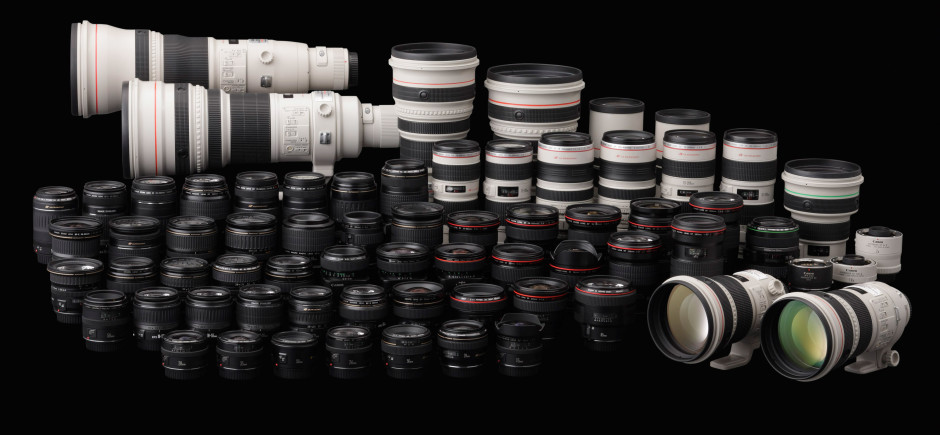
What is a telephoto lens?
To put it simply, a telephoto lens is a lens that brings subjects up close. The focal length starts here at 80mm and has no real upper limit. Increasing the focal length changes the depth of an image significantly. The further the focal length moves into the telephoto range, the blurrier the background becomes and the larger the background becomes compared to the subject.
The area of application
There are different areas of application for telephoto lenses, which depend somewhat on the actual focal length . A lot is possible between 80 and over 1000mm focal length .
Telephoto lens for portrait
The effect that telephoto lenses bring with them makes them great for portraits. They separate the person very well from the background and provide significantly more blurring in the background. You have to go a little farther away than you have to with a wide angle or normal lens , but you can clearly see the difference.
As you can see in the example images, increasing the focal length gives you significantly less background on the image. The second effect is the blurring. Although the picture was taken at 200mm with aperture 5, the background looks blurred and the subject stands out much better. However, since it is difficult to photograph a portrait at 200mm and there is often simply no space for this, a telephoto focal length between 80 and 130mm is often used in portrait photography .
Standard telephoto lens
The standard telephoto lens is in the focal length range up to 200mm and is used in travel, nature and sports photography. In this focal length range, you remain unnoticed as a photographer and can simply bring distant subjects closer. When buying, it is worth paying attention to a large open aperture and an image stabilizer, but more on that later.
Super telephoto lens
The super telephoto lens goes far beyond 200mm and is intended for large distances between the subject and the photographer. If something is very far away, it is worth using a super telephoto. The longer the focal length, of course, the stronger the effects that you get through the telephoto lens.
The cons / limitations
There is actually nothing in photography that has only advantages. It is of course the same with the telephoto lens.
Exposure time
The larger the focal length , the faster the exposure time has to be in order not to blur the image. In theory, as explained in the article on the exposure time , at 600mm, for example, 1/600 sec. That is extremely fast, especially in poor light situations, and naturally makes the picture dark. As a result, we usually have to go up with the ISO value or use a tripod.
An image stabilizer can of course also help here and so you can take photos with your free hand with 1/250 of a second, as in this example.
Weight
If you want to take photos from the free hand, you should be aware of one thing. Telephoto lenses are extremely heavy. Yes, not all of them, but you can quickly achieve a decent weight and of course a corresponding size that is not exactly easy to transport.
A tripod is extremely helpful here and you can take pictures of yourself in one place and from there. You can get close enough because of the long focal length .
Teleconverter
If you don’t feel like taking a huge telephoto lens everywhere with you, I have a tip for you. Use a teleconverter. With a telecoverter, the focal length can be extended, but this has disadvantages. I already said: everything has its disadvantages. Depending on the converter, the lens loses 1-2 stops of light intensity.
However, you can combine these and turn a fast 100mm lens into a 200 or even 400mm lens very quickly.


